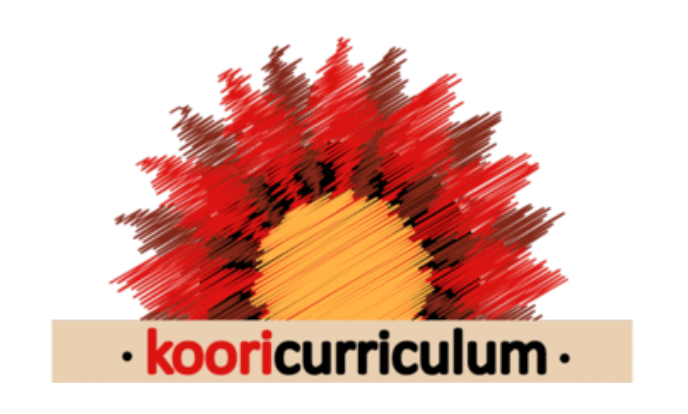Outcome Two of the Early Years Learning Framework reminds us that “Children become socially responsible and show respect for the environment when educators visibly and verbally acknowledge the connection of language and culture to Country and Traditional Owners.”
This isn’t simply about reciting words, it’s about fostering a living, breathing relationship with Country that threads through our daily practices and pedagogy.

A Visit to Mogo Aboriginal Preschool
Recently, I spent time as a Pedagogue in Residence with Mogo Aboriginal Preschool, a partnership that has evolved over the past eighteen months. During this visit, the team and I spent time yarning, reflecting, and deconstructing the rhythms, rituals, and routines of the preschool day.
Together, we explored how each of these could offer deeper opportunities for children to connect with Country and culture, not just in structured experiences, but within the heartbeat of everyday practice.

Rhythms, Routines and Rituals
Understanding the difference between these three elements is key to embedding meaning:
Rhythms are the natural flow of the day, the rise and fall of energy, the gentle transitions that help children feel grounded and secure.
Routines are the predictable patterns that provide consistency, moments like morning gatherings, mealtimes, or rest, where belonging is reinforced through repetition.
Rituals are the meaningful acts we infuse with intention and cultural significance, such as an Acknowledgement of Country, a song sung before meals, or a moment of gratitude under a favourite tree.
When educators intentionally connect these with language, culture, and Country, they transform from practical moments into pedagogical ones, opportunities for identity, respect, and relationship to grow.

Mogo Preschool’s Acknowledgement of Country
One ritual that the Mogo team has lovingly developed, in consultation with language custodians and Elders, is their Acknowledgement of Country.
This Acknowledgement takes different forms depending on who, where, and why it is being shared. It might be sung, spoken in English or Dhurga, or expressed through movement or art.
Joanne Parsons, Koori Curriculum’s Educator of the Year, generously shared the version she offers in Dhurga language, a language she has been studying at TAFE for four years.
Jo’s journey is one of quiet strength and dedication. When she first began learning Dhurga, she doubted her ability to engage in formal study, but her commitment has flourished into confidence and leadership. Today, Jo leads the preschool’s language program, develops beautiful teaching resources, and mentors a young trainee who shares her passion for language and culture.
Her work reminds us that language is not just a tool for communication, it’s a living expression of identity, belonging, and connection to Country.

Why Acknowledgement Matters
An Acknowledgement of Country is more than a protocol, it’s an act of respect, recognition, and relationship. It teaches children that Country is alive, that Aboriginal peoples are the First Custodians, and that we each have a role in caring for the places where we live, learn, and play.
When educators and children participate together in Acknowledgement, whether through song, language, movement, or quiet reflection, they are building cultural consciousness and modelling ongoing commitment to reconciliation.
If you’d like to explore this further, our Acknowledgement of Country Webinar unpacks what it truly means to care for and honour Country. We go beyond traditional acknowledgements to explore tangible, relational, and localised ways to embed this practice in early learning settings.
And if your team is interested in deep, ongoing professional learning, reach out to learn more about our Pedagogue in Residence Program, a hands-on, collaborative approach to embedding Aboriginal perspectives in rhythm, ritual, and curriculum.




